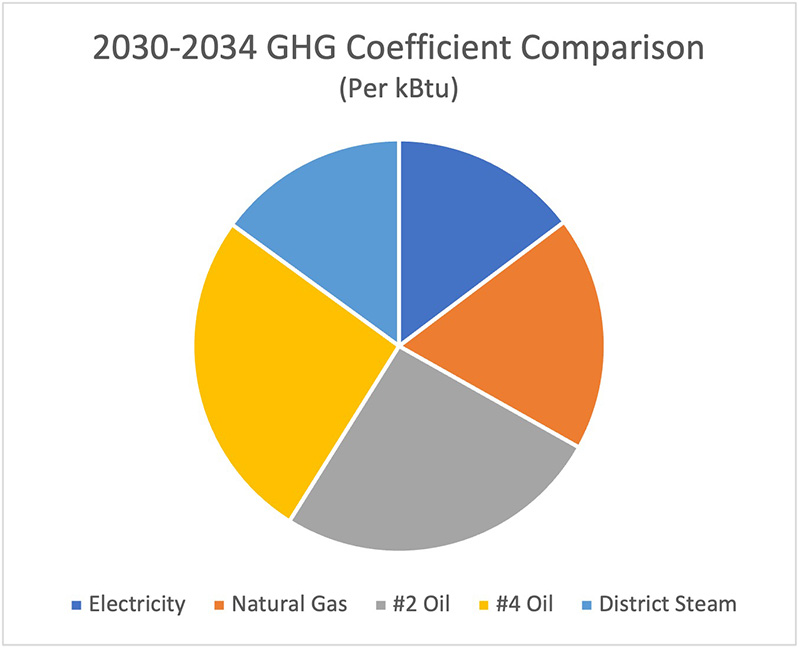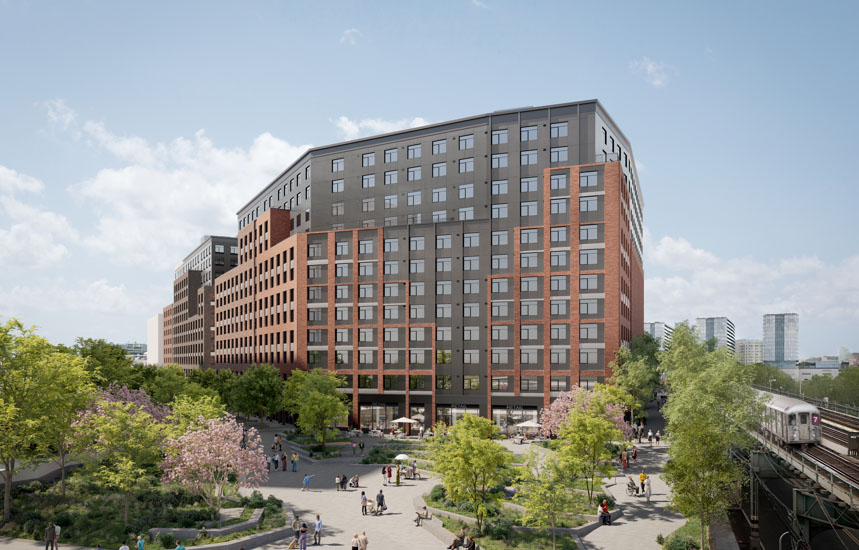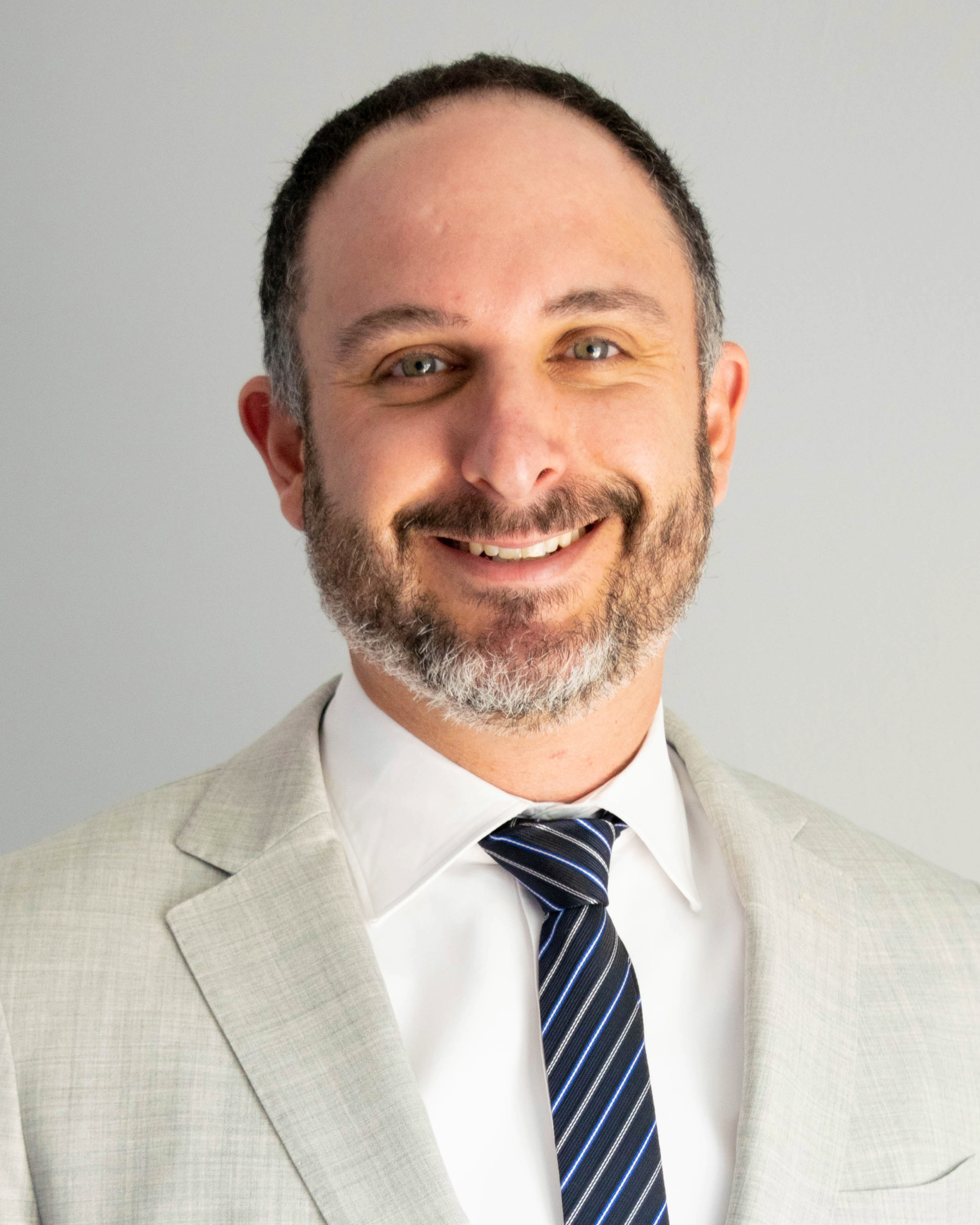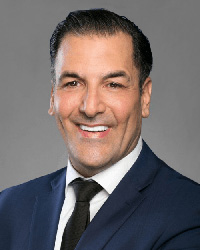Navigating Local Law 97: A roadmap for affordable housing - by Jared Forman

In the past year, KOW Building Consultants conducted over 150 Integrated Physical Needs Assessments (IPNAs), including ASHRAE Level II Energy Audits. Within this dataset, a significant portion fell under the purview of Local Law 97 (LL97).
Here's a breakdown of our findings and key takeaways for the path forward for building decarbonization in the affordable housing industry.
Understanding the Current Landscape:
Fuel Usage: Alarmingly, 21.9% of the buildings sampled still rely on fuel oil as their main heating source.
To calculate the LL97 emissions penalties, energy consumption per fuel type is multiplied by a unique Greenhouse Gas (GHG) coefficient based on the carbon footprint. Oil has a significantly higher GHG coefficient than electricity, natural gas, or district steam, so regardless of HVAC efficiencies, almost a quarter of these buildings are at a disadvantage.
Due to this, conversions from oil to natural gas or electricity would yield substantial reductions in expected LL97 fines.
Refer to the below pie chart comparing GHG coefficients by 2030:

Emissions Compliance: Our findings highlighted that 29.4% of these buildings are not currently in compliance with the 2024-2029 LL97 emissions limits, necessitating prescriptive measures by the end of 2024. While the prescriptive pathway is anticipated for most eligible affordable housing buildings, it’s also important to remember that inefficient energy consumption, above targeted emissions limits, also results in unnecessarily high utility bills.
Furthermore, it was determined that 94.1% are non-compliant for 2030-2034, and by this period, all affordable housing buildings will be subject to fines. To mitigate these fines, prior to the start of 2030, action is necessary.
See the table below showing how converting heating system fuel can impact emissions:
|
Fuel Conversion (kBtu comparisons) |
GHG Emission Reductions |
|
Oil to Natural Gas |
29% |
|
Oil to Electric |
43% |
|
Natural Gas to Electric |
20% |
IPNA Recommendations for Energy Efficiency:
Energy Efficiency Upgrades: Our assessments highlighted critical areas of improvement across various buildings.
• 90% had not yet completed an LED lighting upgrade.
• 84% had large sources of air infiltration, requiring weatherization upgrades.
• 87% had roofs recommended to undergo replacement, having negligible R-values of insulation.
• 61% did not have regular heating plant maintenance schedules and reported inefficient combustion.
• 84% lacked continuously insulated piping and thermostatic controls, vital components for efficient heating systems.
Many of these recommended upgrades are “low-hanging fruit” part of the LL97 Prescriptive Measure package. These measures will not only bring the buildings into LL97 compliance through 2029, but they will also decrease current utility bills and improve system longevity.
With the 2024-2029 LL97 compliance period starting in just a few weeks and urgency is setting in, these simple upgrades were needed yesterday.
Heating Plant Upgrades: Results from our reports yielded that approximately 26.7% of these buildings’ heating plant equipment is nearing the end of their useful life. The solution? A transition to electrification via heat pumps aligns with LL97 goals and offers a significantly greater emissions reduction than a simple boiler replacement.
If a renovation is being planned due to the ending useful life of major building HVAC equipment, beneficial electrification will be more heavily rewarded now, as opposed to in 2050 when the new boiler needs to be replaced and the city will be expecting carbon neutrality in the built environment.
Electrification Roadmap:
Fines Mitigation: From our IPNA energy savings calculations and LL97 penalty analyses for this sample of building, buildings nearing the end of heating system life face average fines of $0.58/ s/f through Prescriptive Measures, 40% escape 2030-2034 fines, with the average fine dropping over half, to $0.22/ s/f.
For buildings that still have remaining useful life left in their major building equipment, in the interim of contemplating electrification and a full scope renovation, it’s recommended to prioritize the items on the LL97 Prescriptive Measure list and have an energy audit conducted to determine what other low- to no-cost upgrades can be made to reduce energy waste.
Beneficial Electrification: By 2030, the shift to electric heating and DHW will provide emissions credits, and further regulations in the DOB LL97 Filing Guide are expected soon. The earlier a building electrifies, the greater the negative coefficient that’s applied against the GHG coefficients. Systems electrification completed within:
• 2021-2026 achieves 2x the emissions credit.
• 2027-2029 achieves 1x the emissions credit.
Embracing electrification has emerged as a strategic pathway for many buildings.
For the buildings in our sampling with heating systems nearing the end of their useful life, our data revealed that only 12.5% met the 2024-2029 emissions requirements. With a keen eye on potential fines, building owners must consider electrification seriously.
Undergoing a NYSERDA funded feasibility study is a great first step. Implementing Prescriptive Measures can help reduce fines, though to meet NYC goals by 2050, a lot more work will be needed.
Key Recommendations:
• Oil Phase-Out: Immediate discontinuation of oil usage is crucial, given its high GHG coefficient.
• Proactive Rehabilitation or Preparedness: Projects should integrate electrification plans, capitalizing on current renovations. If no renovation is planned, start preparing for a future renovation.
• Regular Maintenance: Existing boiler plants should undergo routine maintenance to ensure efficiency.
• Swift Compliance: Immediate initiation of Prescriptive Measures is vital for both compliance and energy reduction.
In conclusion, LL97 demands a proactive, strategic approach from building owners. It’s not just about compliance; it’s about embracing sustainable practices to meet New York City’s decarbonization goals.
KOW Building Consultants is a leader in the New York State IPNA industry, offering tailored LL97 solutions and comprehensive support. For LL97 and other sustainability inquiries, visit kowbc.com or call (855) 966-5888 and see how our suite of sustainability services can serve you.
Jared Forman, LEED GA, is the director of sustainability for KOW Building Consultants, Manhattan, N.Y.
Related Cos. and Sterling Equities open housing lottery for Willets Point Commons


The CRE content gap: Why owners and brokers need better digital narratives in 2026 - by Kimberly Zar Bloorian







.gif)

.gif)
.jpg)
.gif)